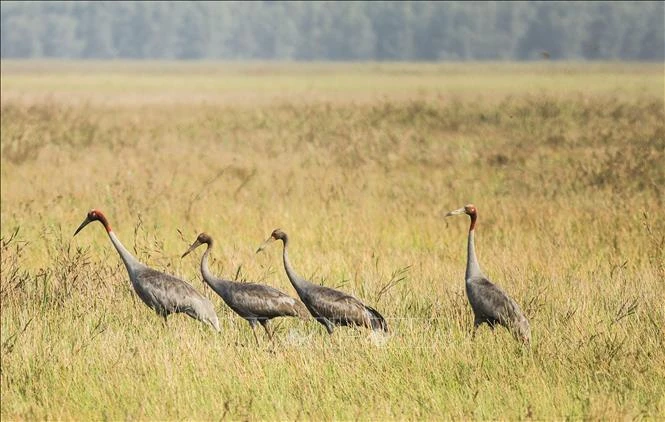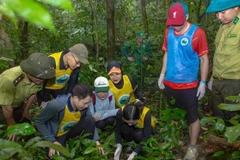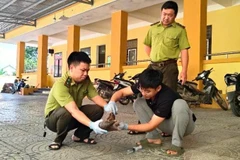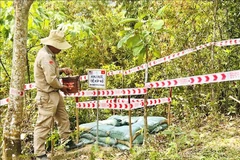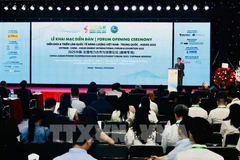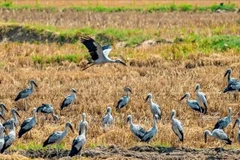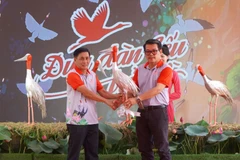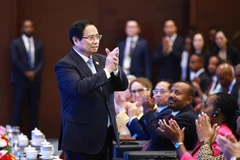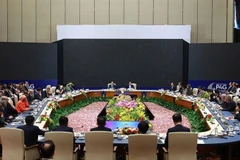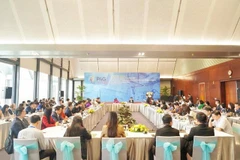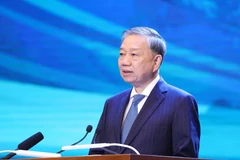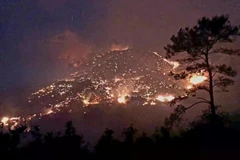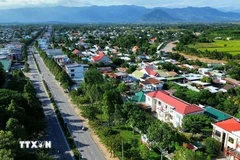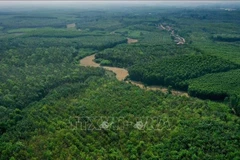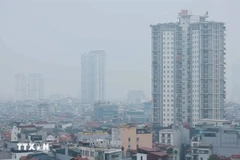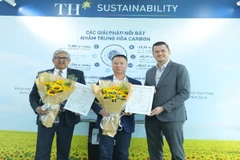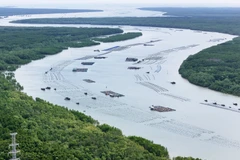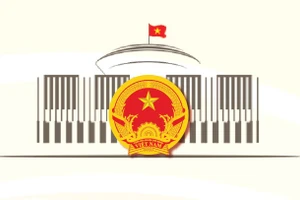Dong Thap (VNA) – The Tram Chim National Park in the Mekong Delta province of Dong Thap will receive six red-crowned cranes from Thailand, said Director of the park Nguyen Van Lam.
The birds, including three male and three females, were separated from their parents for 30 days before being handed over to the park.
Lam said that the park has made preparations to receive the birds.
Under a project to conserve red-crowned cranes in the national park in the 2022-2032 period, the park will receive and ensure proper conditions for 100 red-crowned cranes to stay year round. The project has a total cost of nearly 185 billion VND (7.35 million USD).
Nguyen Van Vu Minh, Director of the provincial Department of Agriculture and Rural Development, said that as part of the project, a sustainable ecological rice production model will be developed in the buffer zone of the national park. The province targets to have 200 ha of ecological and organic rice production by 2025, and 1,000 ha in the buffer zone by 2032 to create good space for red-crowned cranes to develop, as well as a safe environment for migratory birds to live in the park.
The red-crowned crane is a rare species, named in the World Red Book as in an endangered state and in need of protection. It is a symbol of Tram Chim National Park in particular and of Dong Thap province.
In March this year, four red-crowned cranes were spotted at the park for the first time since 2021./.
